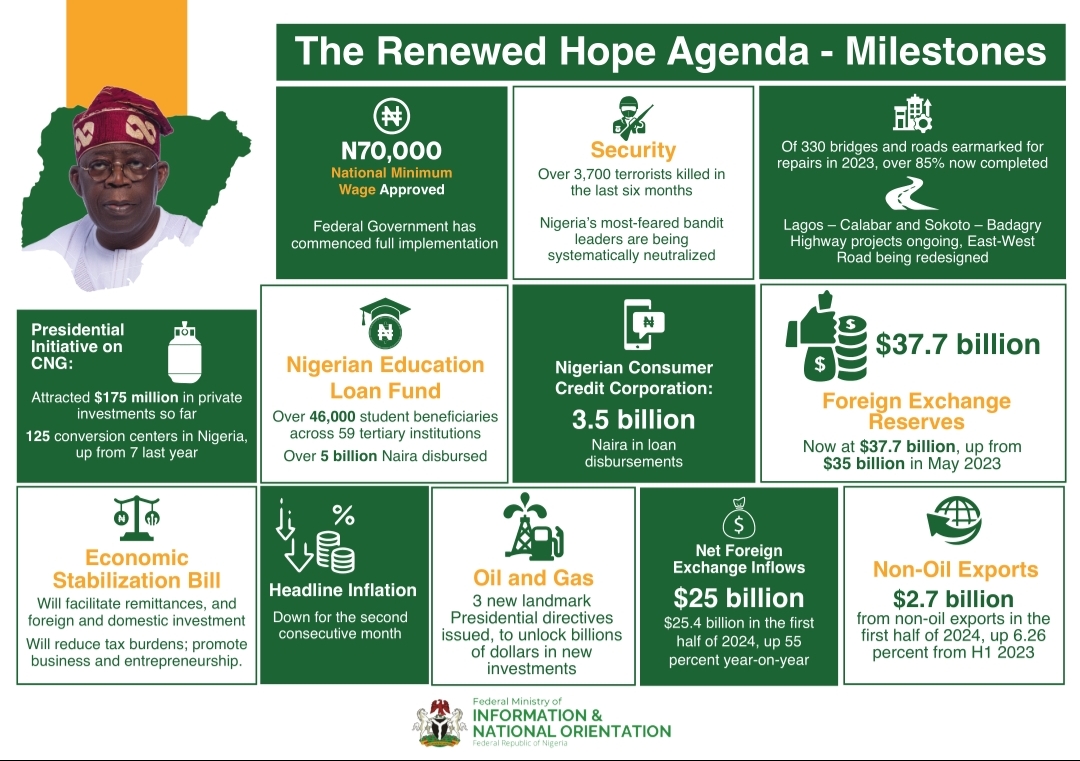Nigeria’s inflation hits 14.23 percent in October – NBC

Nigeria’s inflation climbed to 14.23 percent in October, 2020 according to National Bureau of Statistics (NBS) report on consumer price index, released on Monday.
The inflation rate had climbed by 0.52 percentage points which is the highest recorded since July 2016 when the inflation rate increased by 0.65 percentage points.
Inflation measures the rate at which the prices of goods and services increase over a period of time.
The October CPI/Inflation report released on Monday showed that food inflation hit 17.38 percent from 16.66 percent in September.
According to NBS, the rise in the food index was caused by increases in prices of bread and cereals, potatoes, yam and other tubers, meat, fish, fruits, vegetable, alcoholic and food beverages and oils and fats.
Reacting to the development, an economist, Prof. Uche Uwaleke said the prolonged border closure and insecurity has triggered inflation prices across the country.
He said the effect of COVID’19 on the economy still lingering especially from supply chain disruptions.
“Contributory factors include the continuous border closure, the increase in VAT and implementation of stamp duty as well as the high exchange rate especially in the parallel market.
“The increase in the pump price of fuel also contributed because according to the NBS, a major cause of core inflation came from increase in transport cost.
“It is of concern that food inflation is over 17% and has remained the major driver of inflation even during this harvest season when expectations ordinarily should point to a downward trend.
“Food inflation in October was highest in Edo, Kogi and Zamfara and may not be unconnected with insecurity in these parts of the country,” he said.
He said since food inflation is the major challenge, it is obviously a supply issue and has gone beyond what the CBN monetary policy can control.
He however advised “government should focus on increasing food production by aggressively implementing the massive agricultural programme contained in the Economic Sustainability Plan”.






